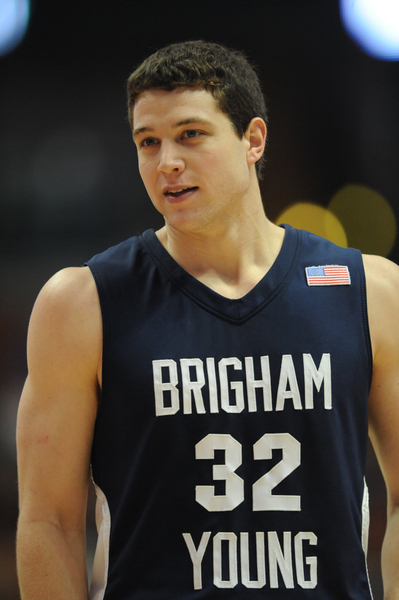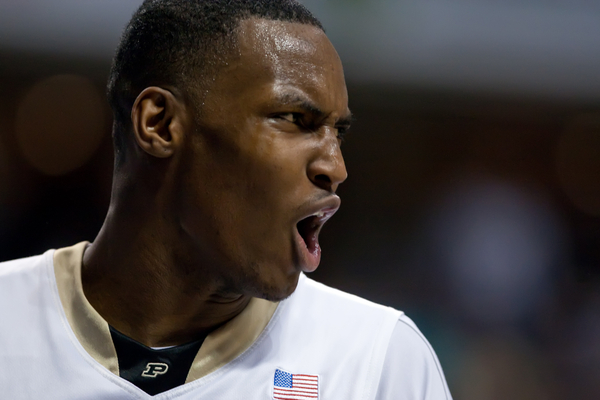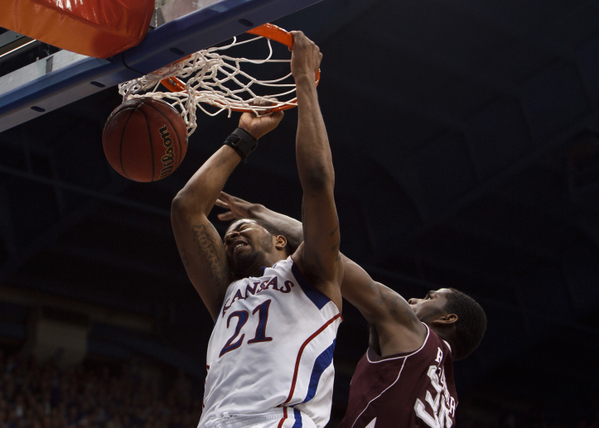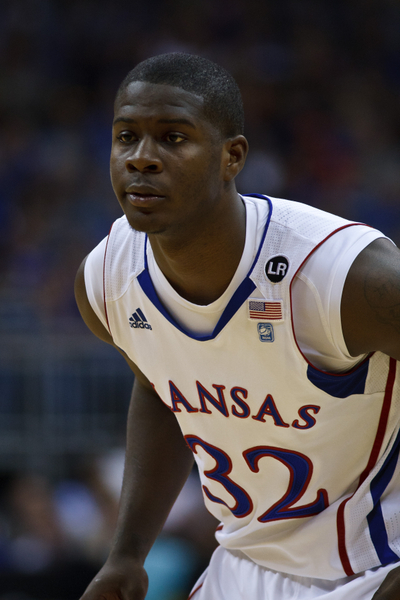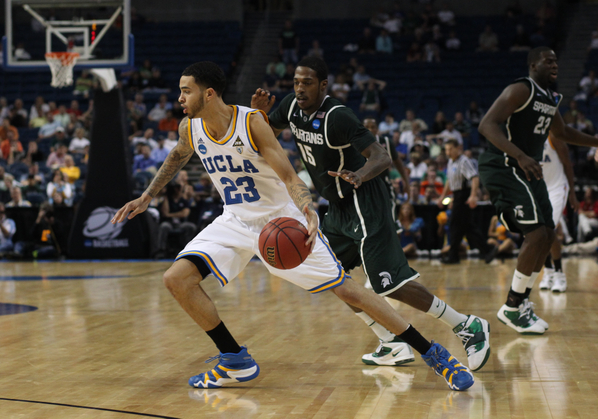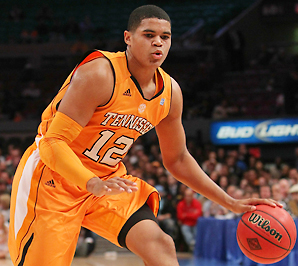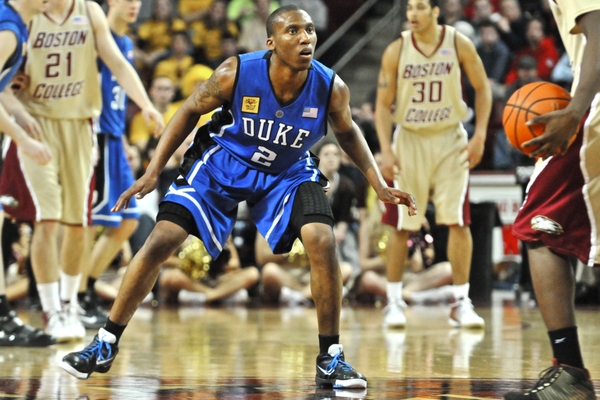RTC NBA Draft Profiles: Kemba Walker
Posted by Brian Goodman on June 14th, 2011Player Name: Kemba Walker
School: Connecticut
Height/Weight: 6’1/185 lbs.
NBA Position: Point Guard
Projected Draft Range: High First Round
Overview: Despite his short stature, Kemba Walker was incredibly successful as a three-year player for UConn head coach Jim Calhoun. Hailing from the prolific Rice High School in the Bronx, Walker began his college career playing over 25 minutes per game but only started two games as a freshman. America got a taste of what was to come in the 2009 Elite Eight against Missouri, when a 23-point Walker effort helped propel UConn to the Final Four before losing to Michigan State in the national semifinal. From that point on, he cemented himself as the unquestioned leader of the Huskies. While the Huskies missed the NCAA Tournament in his sophomore campaign, Walker continued to improve by using his outstanding quickness to to up his scoring average (14.6 PPG) and refine his three-point shooting (34.2%). Walker’s junior season was a complete revelation from the get-go, as he dropped jaws in Maui with a tournament total of 90 points against Wichita State, Michigan State and Kentucky. Twenty-point games became the norm (a top-five national scorer at 23.2 PPG), but Walker’s collegiate career will of course be remembered for guiding the Huskies through a scorching hot streak at precisely the right time. UConn won five games in five days to capture the Big East Tournament championship, and with the leadership of Walker and freshman Jeremy Lamb, UConn carried that momentum all the way to the NCAA Tournament title.
Will Translate to the NBA: Explosiveness is the characteristic that will carry Walker to a successful pro career. He’s incredibly quick off the dribble and keeps the ball on a string. Though he stands only 6’1, early on he realized the importance of creating space to gets shots off. As a result, he has grown quite proficient in executing jab steps, crossovers and step-back jumpers. He was incredibly durable as a junior, regularly playing over 35 minutes per contest, a testament to his conditioning and ability to stay out of foul trouble and avoid mistakes. Many also forget that Walker was a very good rebounder for someone his size (5.4 RPG last season), though of all his many skills, this is one that’s most likely to dissolve at the next level.































